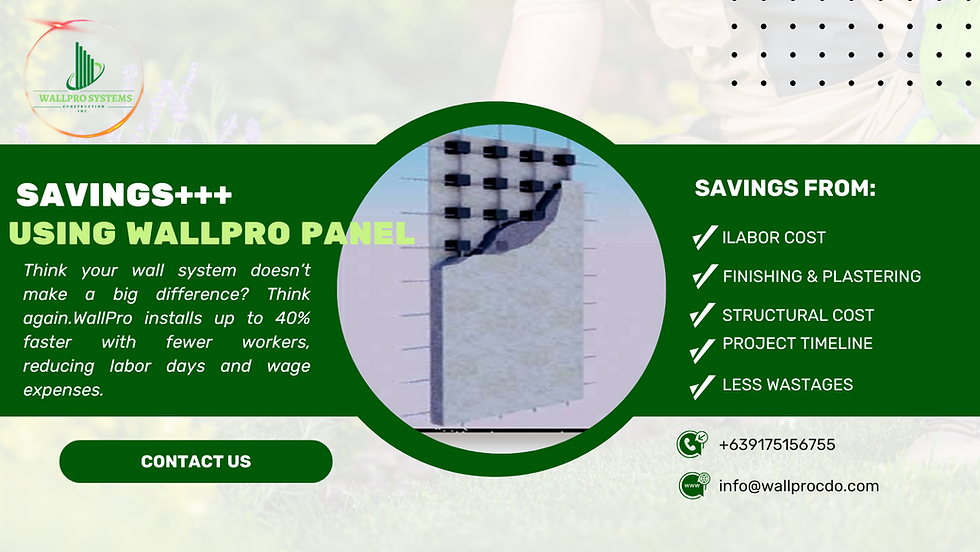The Basic Advantages of Lightweight Construction Systems
- Gabriel Mikael
- Aug 21, 2024
- 3 min read
Lightweight construction systems are increasingly favored in modern building projects due to their numerous advantages, particularly in terms of efficiency, sustainability, and versatility. These systems utilize materials and techniques that reduce the overall weight of the structure without compromising strength or durability. Here are the basic advantages of using lightweight construction systems:
1. Reduced Structural Load
Lower Foundation Requirements:One of the primary benefits of lightweight construction is the significant reduction in the weight of the building. This reduction in load can lead to smaller, less expensive foundations, as the building exerts less pressure on the ground. This not only reduces construction costs but also allows for building on sites with lower load-bearing capacities.
2. Faster Construction Time
Accelerated Building Process:Lightweight construction materials, such as prefabricated panels or lightweight concrete, are often easier and quicker to install than traditional materials. This can lead to shorter construction times, which is particularly advantageous for projects with tight deadlines or in regions where weather conditions may limit the building season.
3. Improved Energy Efficiency
Better Insulation Properties:Many lightweight materials offer excellent thermal insulation, which helps in maintaining a consistent indoor temperature. This leads to reduced energy consumption for heating and cooling, lowering the overall energy costs of the building. Lightweight construction systems often incorporate advanced insulation materials, enhancing the building’s energy performance.
4. Environmental Benefits
Sustainable and Eco-Friendly:Lightweight construction systems often use materials that are more sustainable, such as recycled content or materials that require less energy to produce and transport. Additionally, the reduced need for heavy foundations and structural supports leads to less material use overall, contributing to a lower environmental impact.
5. Design Flexibility
Versatile Applications:The use of lightweight materials allows for greater design flexibility. Architects and engineers can create more innovative and complex structures that would be difficult or impractical with heavier materials. Lightweight construction is particularly beneficial in projects that require large spans or cantilevered sections, where reducing weight is crucial.
6. Improved Seismic Performance
Enhanced Earthquake Resistance:In earthquake-prone areas, the reduced weight of lightweight construction systems results in lower inertial forces during seismic events. This decreases the likelihood of structural damage, making lightweight construction an ideal choice for buildings in these regions. The reduced mass of the building also means less stress on the structure during an earthquake.
7. Cost Savings
Reduced Transportation and Labor Costs:The lighter weight of construction materials means that they are easier and less expensive to transport and handle on-site. This can lead to significant cost savings, especially in remote or difficult-to-access locations. Additionally, the quicker construction time associated with lightweight systems can further reduce labor costs.
8. Ease of Renovation and Expansion
Simplified Modifications:Lightweight construction systems often allow for easier modifications, such as adding new sections or making structural changes. This makes it easier to renovate or expand buildings in the future, providing greater flexibility for property owners.
9. Enhanced Safety
Reduced Risk During Construction:Lighter materials are generally easier and safer to handle, reducing the risk of accidents and injuries on the construction site. Additionally, the quicker construction process associated with lightweight systems means less time exposed to potential hazards.
Lightweight construction systems offer numerous advantages that make them a preferred choice for many modern building projects. From reduced structural loads and faster construction times to improved energy efficiency and environmental benefits, these systems provide practical and cost-effective solutions. By adopting lightweight construction, builders and developers can achieve greater design flexibility, enhanced safety, and more sustainable building practices.




Comments